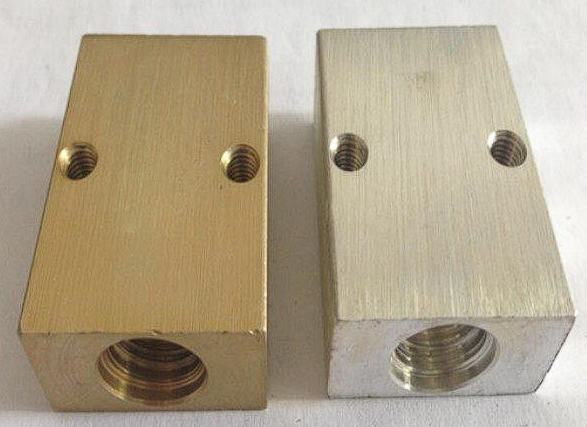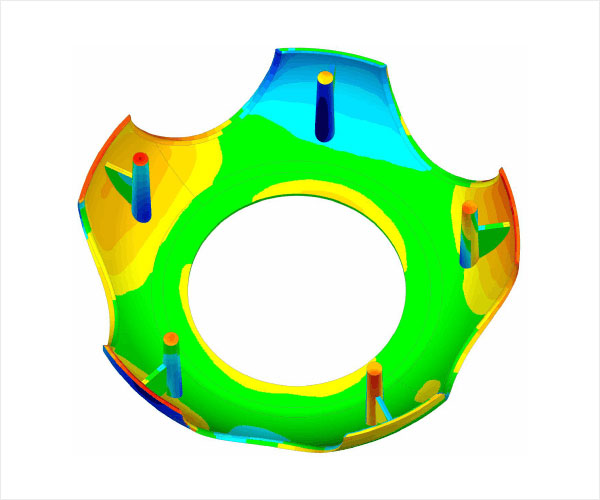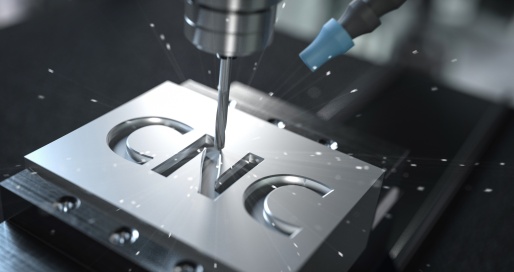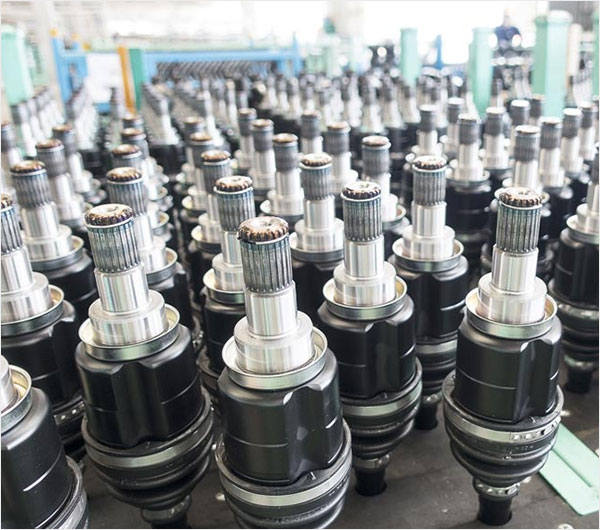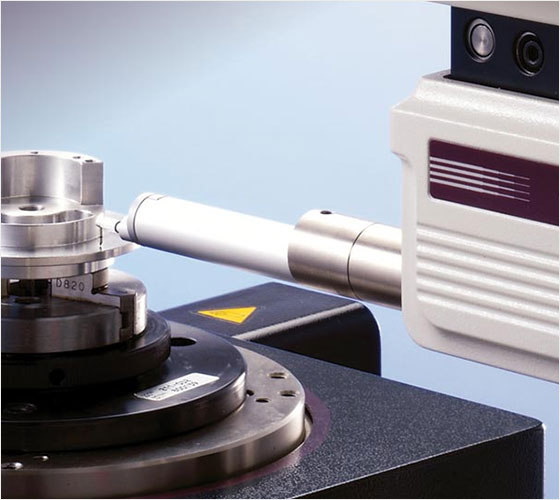Alodine technology, which covers aircraft surfaces in a protective spell, is the unsung hero of the aviation industry. This magical mechanism prevents corrosion, making flights safer and more resilient. Let’s explore the role that alodine plays in the fascinating world of aerospace.
What is Alodine?
Metal protection is changing by alodine, a major player in the field of aerospace surface treatment. Put another way, it acts as a superhero shield to prevent corrosion and maintain the resilience of aircraft parts. Think of it as a magical potion that changes metal surfaces to guarantee durability and peak efficiency. When applied carefully, alodine creates a translucent, hard layer that increases durability. Engineers and pilots rely on Alodine’s magic to protect against corrosion and wear.
Purpose of Alodine application
Let’s explore the wonderful properties of alodine and its intriguing environment.
- Corrosion Resistance: Alodine protects metal surfaces against malevolent corrosion by acting as a superhero shield. It creates a barrier that keeps the airplane strong against the challenging conditions it faces in the air.
- Increased Durability: Alodine strengthens metal surfaces, increasing their durability. Picture it as a wizard’s spell. By applying a translucent yet durable coating, aeroplane parts are made to last many flights and the test of time.
- Surface Preparation: Alodine is a thorough preparation phase in addition to being a protective agent. Applying alodine first guarantees that the surface will be ready for painting or bonding, creating the perfect canvas for later treatments.
- Electrical Conductivity: It’s surprising to learn that alodine facilitates as well as repels. By maximizing electrical conductivity, the application promotes effective performance and communication among the complex electronic systems network of an airplane.
- Adhesion Promotion: Alodine acts as a mediator between paints or adhesives and surfaces. By ensuring that successive layers adhere securely, its application improves adhesion and adds to the aircraft’s overall structural integrity.
How is alodine applied: Steps in Alodine Application
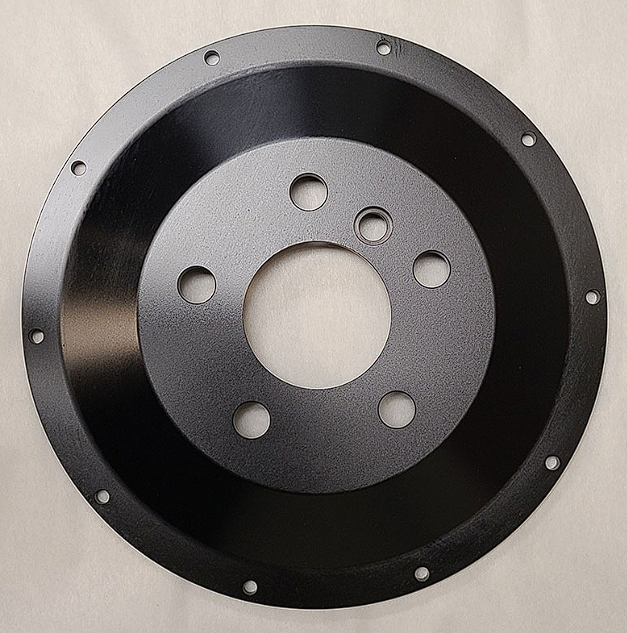
Let’s dispel the mystery and provide a detailed tutorial on applying alodine, demystifying the procedure that protects our skies.
1. Surface Preparation
A comprehensive cleaning of the metal surface is the first step in the journey. Before Alodine can do its magic, dirt, oils, and any lurking bad guys need to be completely removed. Consider it like priming a canvas before a painting of a masterpiece is done.
2. Abrasion and Etching
Alodine prefers to adhere to a rough surface. The ideal texture occurs by light chemical bath etching and mild scrubbing called abrasion. Ensuring Alodine’s link is strong, it’s like shaking hands with the metal.
3. Alodine Application
Now for the big show! Alodine is usually given liberally in liquid form. This action is similar to a superhero wearing his or her shield. The liquid becomes an enchanted barrier, enveloping the metal in a strong, imperceptible coating.
4. Dwell Time
Even in Alodine’s universe, patience is a virtue. It takes time for the applied remedy to start showing results. The magic happens during the dwell period; the barrier hardens and becomes prepared to meet the difficulties that lie ahead.
5. Rinsing
Extra Alodine gets eliminated by rinsing it off, just like a superhero cleans up after saving the day. This guarantees that just the ideal quantity stays, leaving the surface spotless and prepared for the subsequent stages of the aircraft’s preparation process.
6. Drying
Alodine needs time to dry completely for its magic to work. The transition concludes with a moderate drying procedure. Think of it as the cape of a superhero, ready to fly, billowing in the breeze.
7. Inspection
Without a careful examination, no adventure is fully realized. Expert professionals check the area that was successfully treated to make sure the alodine has done its job perfectly. Before the plane takes to the sky once more, this is the crucial time.
8. Optional Sealers or Coatings
Even superheroes require an additional layer of defense occasionally. Additional sealers or coatings are stated to improve the performance and longevity of the treated surface, depending on the particular requirements.
9. Quality Assurance
A last quality check takes place on the aircraft before it becomes ready for its next mission. This guarantees the longevity and safety of the aircraft by ensuring that every square inch of the treated surface satisfies the highest requirements.
Types of Alodine Coatings
Alodine coatings come in a variety of forms, each with a special appeal and function. Allow us to explore the Alodine rainbow.
- Clear Alodine (Type I): Known as Clear Alodine, Type I is the first member of the alodine family and offers a protective layer without changing the metal’s look. It operates covertly, like a hidden guardian.
- Yellow Alodine (Type II): Adding a dash of color and providing protection, Yellow Alodine (Type II) has a faint golden touch. It enhances both the metal’s resistance and attractiveness, giving it a dazzling, warm embrace.
- Hex-Free Alodine: The environmentally friendly sister, Hex-Free Alodine, is currently free from conventional hexavalent chromium. It adopts a safer chemical, guaranteeing an environmentally friendly approach to aircraft protection.
- Touch-N-Prep Alodine Wipes: Think of alodine as wipes—portable and handy. Touch-N-Prep Alodine Wipes make applying alodine as simple as wiping a surface with a magic towel.
- Alodine 1200S: Known as the super alodine, Alodine 1200S offers superior corrosion resistance. It gives vital aeronautical components an additional layer of strength, similar to alodine on steroids.
- Alodine 1500: Alodine 1500 is for aluminum alloys that want the best possible protection. This beast not only protects but also paves the way for further coating or painting endeavors.
Future trends in Alodine technology
Upcoming formulas guarantee improved durability and resistance to corrosion, making aircraft surfaces almost unbreakable.
- Nanotechnology Marvels: At the nanoscale, picture Alodine – a little sorcerers crafting a complex shield. Future developments in nanotechnology may make alodine even more precise and efficient at shielding metal surfaces.
- Smart Coatings with Sensors: Alodine may eventually be able to speak as well as protect. Engineers might be informed of any problems by smart coatings with integrated sensors, making airplane maintenance a proactive and effective task.
- Eco-Friendly Innovations: The green aesthetic is here to stay. Future alodine technologies are probably going to concentrate on formulations that are ecologically mindful, making sure that the protection’s magic comes with a responsible and eco-friendly twist.
- Self-Healing Coatings: See alodine as a phoenix that appears out of nowhere and heals any wounds or scrapes. It may eventually be possible to create coatings that can repair themselves, enabling alodine to continue its protective properties throughout time.
- Digital Integration: Alodine may become smoothly incorporated into the digital world in the future. Picture a future in which an aircraft’s lifespan is extended to its maximum potential by computerized monitoring and optimization of Alodine’s protective spells.
Last remarks
Alodine is more than simply a procedure; it’s the unseen protection that makes sure airplanes soar through the sky for a very long time. Since aviation continues to evolve, Alodine technology stands as a timeless safeguard, weaving protection into the very fabric of flight.



